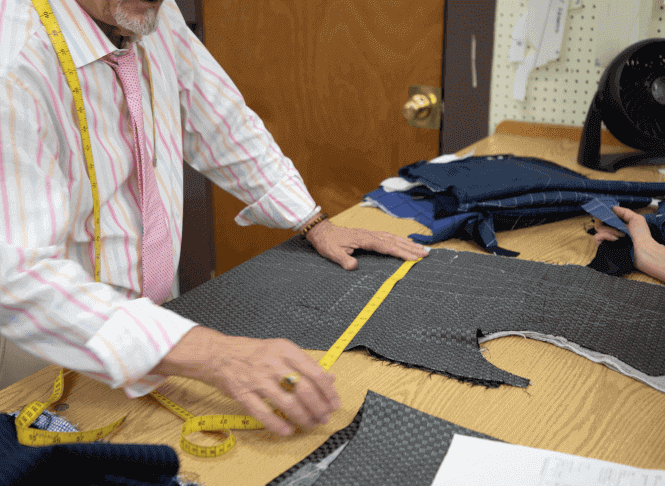There are few things more simultaneously universal and intimate than clothing. We all wear it, yet what we choose to wear—or what is chosen for us—says volumes about who we are, where we stand, and how we move through the world. And in the rich tapestry of human attire, tailoring holds the needle. We thought it pertinent to look into the history of tailoring to see how menswear has evolved and changed throughout the centuries.
The Ancient Origins of Tailoring
Tailoring, as a craft, predates recorded history, emerging alongside humanity’s earliest forays into textile production. The genesis of this art can be traced back to the Neolithic period, where archaeological findings reveal the use of flax fibers in the Near East around 8000 BCE. Sites like Çatalhöyük in Anatolia have yielded evidence of woven textiles dating to approximately 6000 BCE, indicating that early humans had developed sophisticated methods for creating fabric long before the advent of written language .
In ancient Mesopotamia, the Sumerians utilized wool from domesticated sheep to produce garments such as the ‘kaunakes,’ a skirt-like attire made from tufted sheepskin. These garments, often depicted in early art, showcase the region’s advancement in textile craftsmanship. Similarly, ancient Egypt’s reliance on linen, derived from flax, led to the creation of garments ranging from simple kilts to elaborate pleated dresses, reflecting both the utility and aesthetic sensibilities of the time .
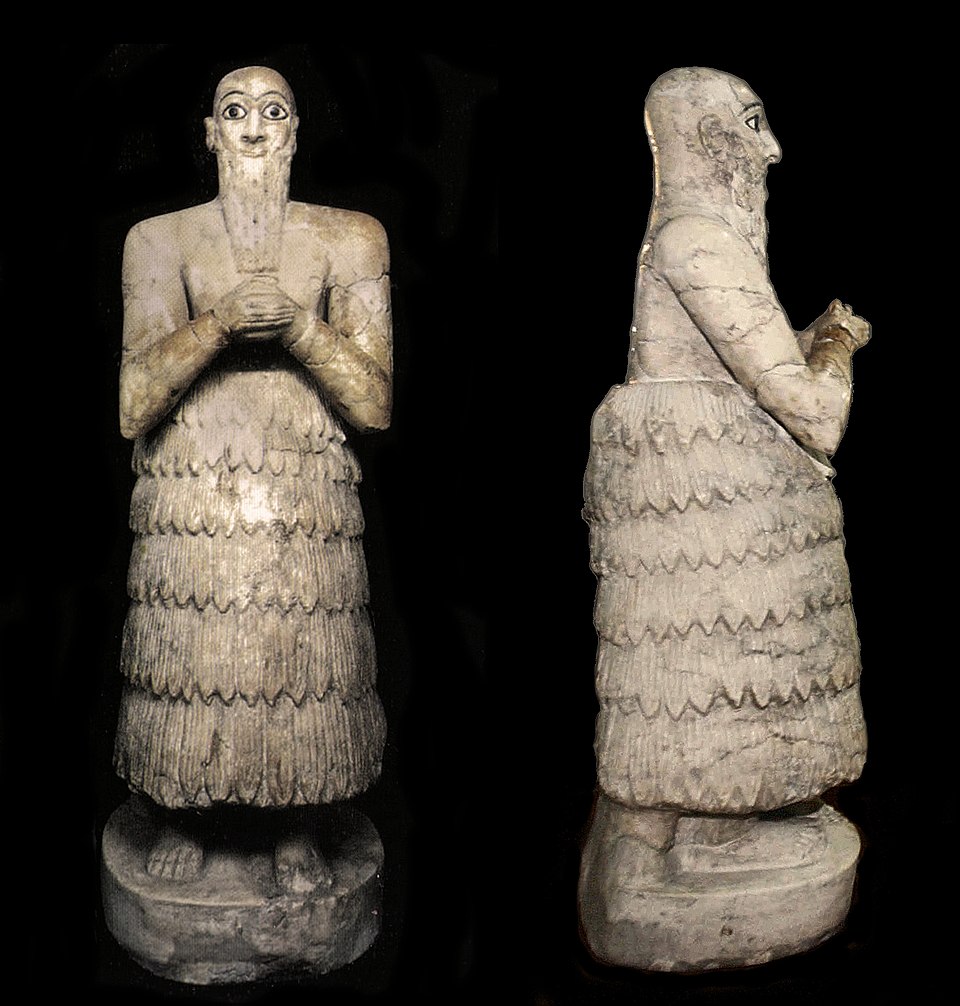
The progression of textile arts continued through the Bronze and Iron Ages, with innovations in spinning, dyeing, and weaving techniques. These developments laid the groundwork for more complex garment construction, eventually leading to the specialized craft of tailoring. As societies evolved, so did the need for more fitted and functional clothing, setting the stage for tailoring to emerge as a distinct and respected profession.
Tailoring Guilds in Medieval Europe: 1100-1600
As European societies transitioned from the early medieval period into more structured urban centers, the craft of tailoring evolved from a domestic necessity to a specialized profession. This transformation was closely tied to the development of guilds—formal associations that regulated trades, maintained quality standards, and protected the interests of their members.

In England, the significance of tailoring guilds is evidenced by royal recognition. In 1100, King Henry I confirmed the privileges of the Taylors of Oxford, acknowledging their role in the urban economy.
The Structure and Function of Guilds
Tailoring guilds were not merely trade associations; they were integral to the social and economic fabric of medieval towns. Members progressed through a structured hierarchy: beginning as apprentices, advancing to journeymen, and ultimately achieving the status of master tailor. This progression ensured a high level of skill and maintained the quality of work produced.
Guilds also played a vital role in community life. They often had patron saints, maintained chapels, and provided support to members in times of illness or financial hardship.
One of the most prominent tailoring guilds was the Merchant Taylors’ Company of London. Known from at least 1300 as the Fraternity of St. John the Baptist, this guild wielded considerable influence in the city. By 1503, reflecting its commercial development, the guild became known as the Company of Merchant Taylors.

The period from 1600 to 1800 in Europe was marked by significant political upheaval, social transformation, and corresponding shifts in fashion. Clothing during this era not only reflected personal taste but also served as a visual representation of one’s social status, political allegiance, and cultural values.
From Rigid to Ridiculous: European Fashion (1600–1800)
The period from 1600 to 1800 in Europe was marked by significant political upheaval, social transformation, and corresponding shifts in fashion. Clothing during this era not only reflected personal taste but also served as a visual representation of one’s social status, political allegiance, and cultural values.
17th Century: Structure and Authority
In the early 17th century, amidst the turbulence of civil wars and religious conflicts, European fashion emphasized structure and formality. Men’s attire featured garments like the doublet and the justacorps—a knee-length coat with a fitted bodice and flared skirt, often adorned with elaborate embroidery and made from luxurious fabrics such as silk and brocade. These garments conveyed a sense of authority and discipline, aligning with the hierarchical nature of society at the time.
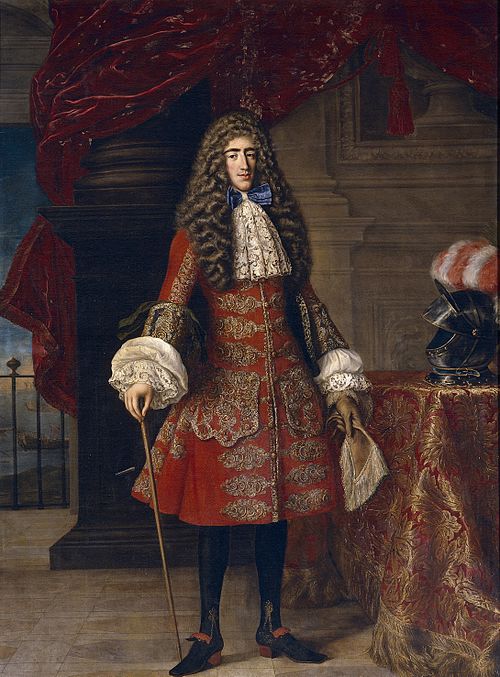
The buff coat, crafted from thick leather, was another notable garment of this period. Initially designed for military use, it offered protection in combat and was often worn under armor. Over time, it became fashionable among civilians, symbolizing martial prowess and rugged masculinity.
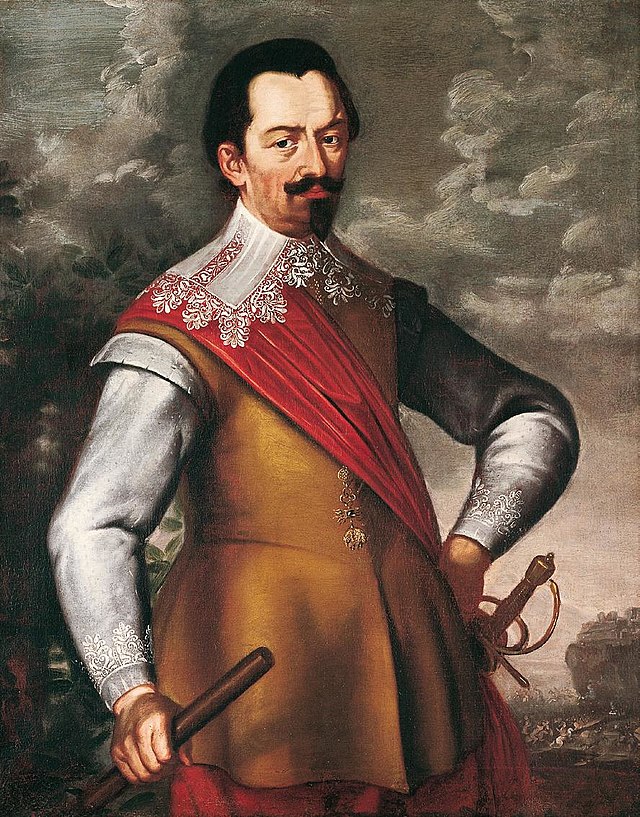
Late 17th to 18th Century: Opulence and Ornamentation
As Europe moved into the late 17th and 18th centuries, the consolidation of absolute monarchies, particularly under Louis XIV of France, ushered in an era of extravagant fashion. The French court became the epicenter of style, dictating trends across the continent. Men’s fashion embraced opulence, with garments featuring rich colors, intricate embroidery, lace, and voluminous silhouettes.
The justacorps evolved into the habit à la française, characterized by its ornate design and luxurious materials. Accessories such as powdered wigs, lace cravats, and decorative hats like the tricorne became essential elements of a gentleman’s ensemble. These fashion choices were not merely aesthetic but also served to reinforce social hierarchies and the power of the aristocracy.

Military Influence on Civilian Dress
The influence of military attire on civilian fashion became increasingly pronounced during this period. Uniform elements such as structured coats, epaulettes, and specific color schemes were adopted into everyday wear, reflecting the militarization of society and the glorification of martial values. This trend was particularly evident in the widespread adoption of the tricorne hat, which originated from military necessity and evolved into a fashionable accessory.

Beau Brummell: The Dandy Who Defined Modern Menswear
No discussion of the evolution of men’s tailoring is complete without acknowledging George Bryan “Beau” Brummell (1778–1840)—a man not born into the aristocracy, but who rose to become one of its most enduring style icons. A former officer in the British Army and a close associate of the Prince Regent (later King George IV), Brummell carved out a unique space in English high society through charm, wit, and an unshakable dedication to personal style.
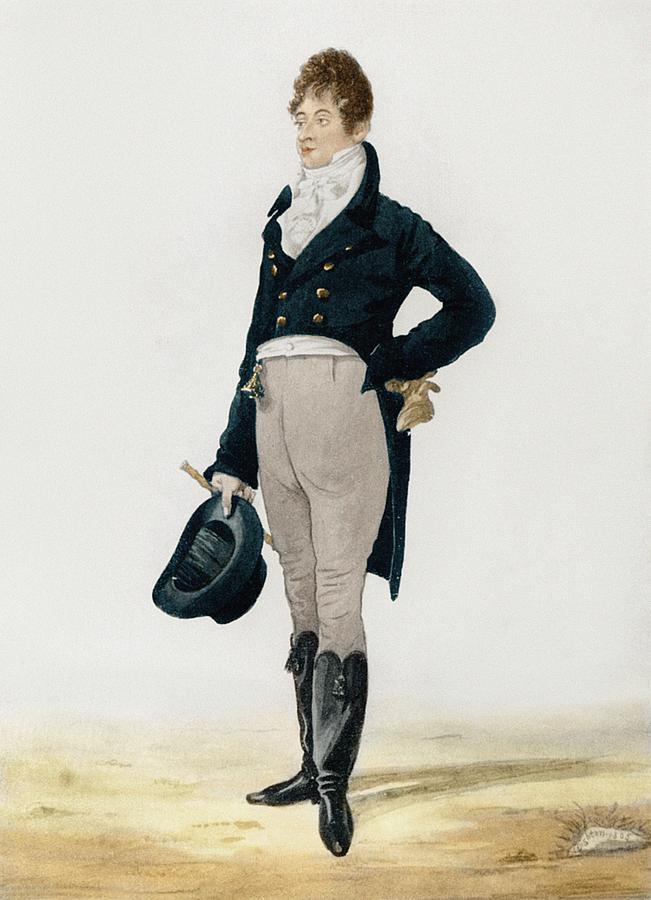
Brummell is widely credited with redefining the standards of menswear during the Regency period. At a time when gentlemen still indulged in ornate embroidery, silks, and powdered wigs, Brummell introduced a radically different aesthetic—one built on restraint, precision, and immaculate tailoring. His daily attire often included a perfectly fitted dark coat, full-length trousers (in contrast to the knee breeches still common among his peers), a starched white shirt, and a meticulously tied cravat. Every element was simple in concept but exacting in execution.
But Brummell’s impact extended beyond clothing. He transformed fashion into a discipline of grooming, posture, and self-presentation. Bathing daily, maintaining flawless hygiene, and perfecting the subtle arts of polish and restraint became central to his philosophy of elegance.
His legacy culminated in what cultural historian John Carl Flügel later termed the “Great Male Renunciation”—a sweeping shift in Western menswear in which men turned away from flamboyant, decorative clothing in favor of sobriety, function, and tailored precision. In many ways, Brummell laid the foundations for the modern gentleman.
The Great Simplification (1800–1900)
The 19th century ushered in profound transformations in tailoring, driven by technological advancements, industrialization, and shifting societal norms. As the century progressed, clothing evolved from ornate, handcrafted garments to more practical, mass-produced attire, reflecting the changing needs and values of society.
Industrial Advancements and the Rise of Ready-to-Wear
The Industrial Revolution introduced machinery that revolutionized textile production. Innovations like the power loom and the sewing machine, patented by Elias Howe in 1846, enabled faster and more efficient garment manufacturing. This mechanization led to the emergence of ready-to-wear clothing, making fashion more accessible to the general populace.
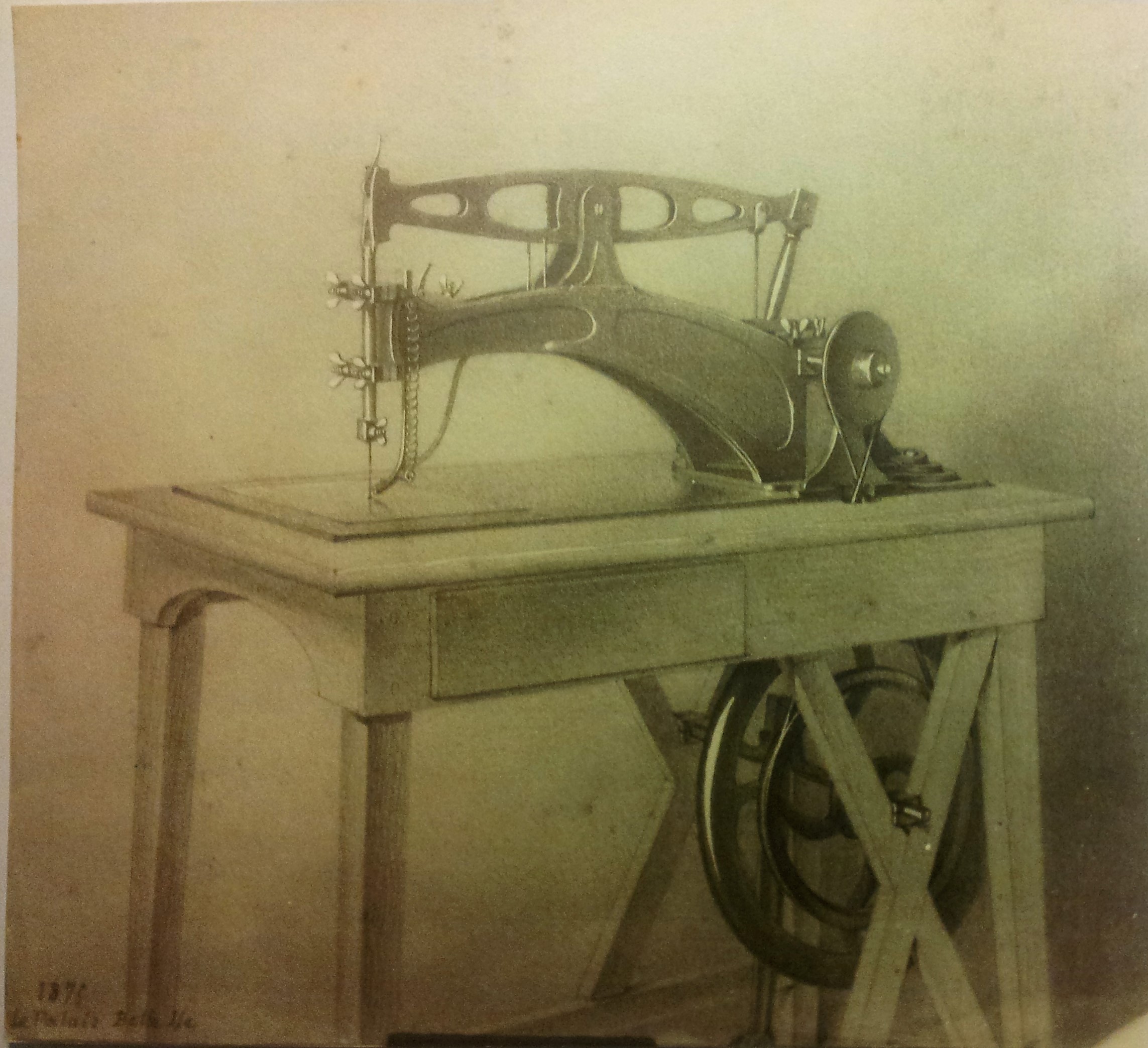
Standardized sizing became essential for mass production. Tailors and manufacturers developed measurement systems that allowed garments to fit a broader range of body types. This standardization facilitated the growth of department stores and mail-order catalogs, such as those by Montgomery Ward and Sears, which offered a variety of clothing options to consumers across different regions.
The Impact on Tailoring and Society
As mass-produced clothing became more prevalent, the traditional tailoring profession experienced significant changes. While bespoke tailoring remained a symbol of luxury and craftsmanship, many tailors adapted by specializing in specific aspects of garment construction or by working within the burgeoning ready-to-wear industry.
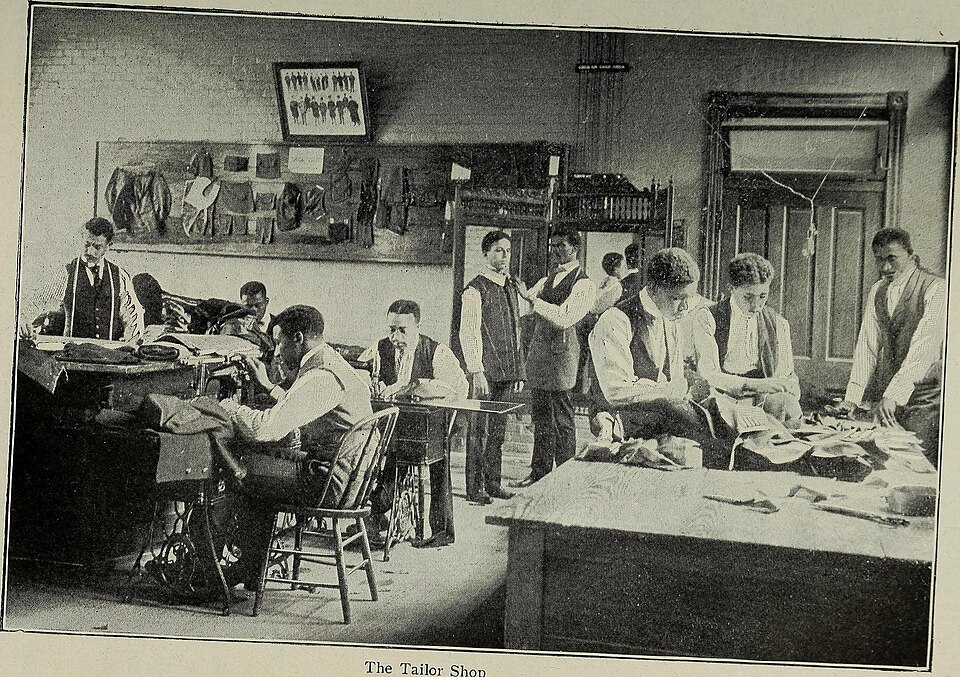
The democratization of fashion also led to the publication and sale of standardized patterns, enabling home sewers to create fashionable clothing without the need for a professional tailor. This shift not only made fashion more accessible but also contributed to the decline in demand for traditional tailoring services.
Despite these changes, tailoring continued to hold cultural significance. In England, for instance, tailors were among the most numerous tradespeople by the mid-19th century, reflecting the enduring importance of well-made clothing in society.
The 20th Century: Tailoring in Transition
The Early 1900s: The Drape and the Duke
As the 20th century unfolded, men’s tailoring began to embrace comfort without sacrificing elegance. A pivotal figure in this evolution was Frederick Scholte, a Dutch-born tailor who established his practice on London’s Savile Row. Scholte introduced the “drape cut,” characterized by a fuller chest, broader shoulders, and a nipped-in waist. This silhouette allowed for greater freedom of movement and a more natural fit, marking a departure from the rigid structures of Victorian tailoring.
The drape cut gained prominence through its association with the Duke of Windsor, formerly King Edward VIII. As Scholte’s most notable client from 1919 until Scholte’s death in 1948, the Duke became a global style icon. His adoption of the drape cut popularized the silhouette, influencing men’s fashion across Europe and America.
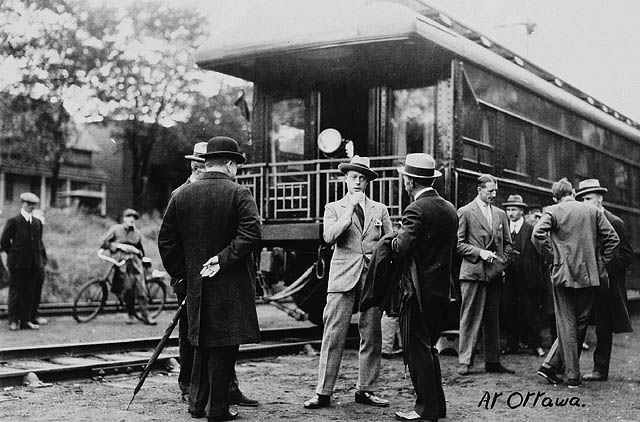
The 1940s: Function Over Form
The outbreak of World War II imposed significant constraints on fashion. In the United Kingdom, the government introduced the Utility Clothing Scheme to address shortages in materials and labor. This program standardized clothing production, emphasizing simplicity and resource conservation. Garments were designed with minimal fabric usage, leading to the elimination of features like double-breasted fronts, wide lapels, and trouser turn-ups.
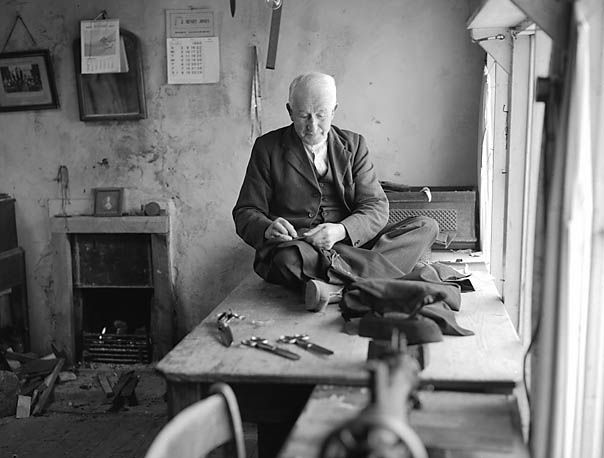
Despite these restrictions, the Incorporated Society of London Fashion Designers collaborated with the Board of Trade to create stylish yet practical designs. Notable designers such as Hardy Amies and Norman Hartnell contributed to this effort, ensuring that utility clothing maintained a sense of dignity and style during challenging times.
The Post-War Era: The New Look and Beyond
Following the war, there was a collective desire to return to elegance and luxury in fashion. In 1947, French designer Christian Dior unveiled his inaugural collection, famously dubbed the “New Look.” Characterized by rounded shoulders, cinched waists, and voluminous skirts, the New Look marked a dramatic shift from wartime austerity to opulent femininity.
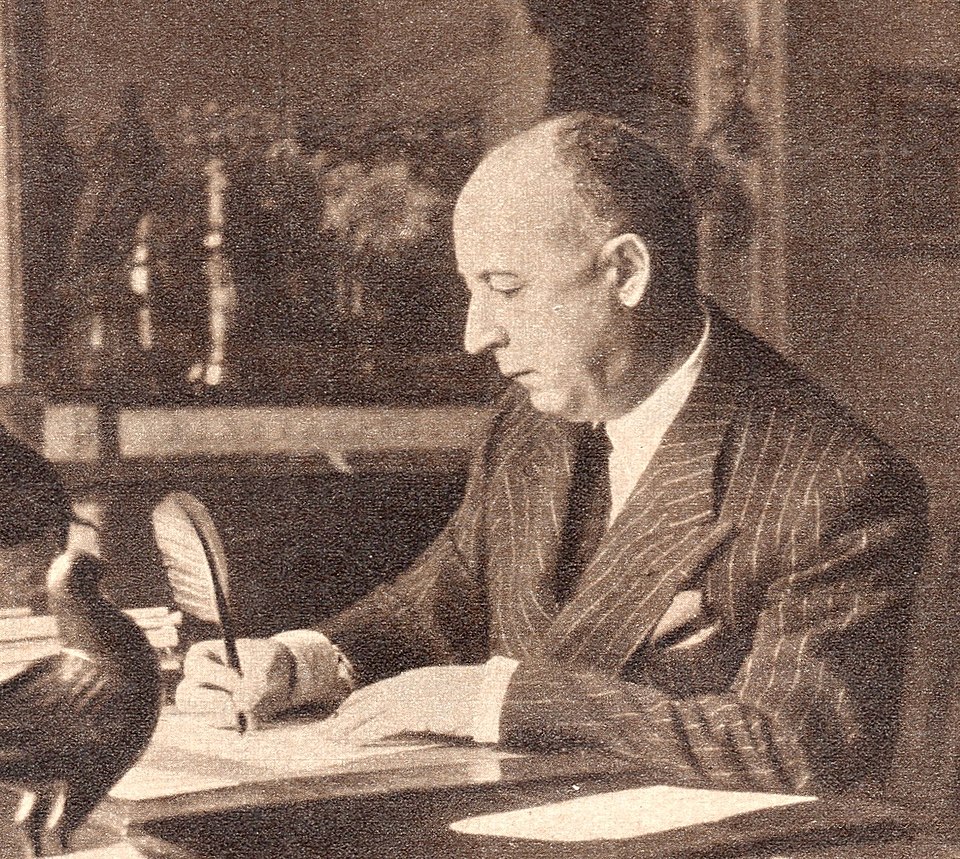
While Dior’s designs primarily influenced women’s fashion, the emphasis on structure and craftsmanship resonated in men’s tailoring as well. The post-war period saw a renewed appreciation for well-constructed garments, with designers experimenting with cuts and fabrics while maintaining classic foundations. This era laid the groundwork for modern tailoring, balancing tradition with innovation.
Contemporary Tailoring: Tradition Meets Innovation

The Legacy of Craft in a Fast-Fashion World
In an era dominated by mass production and fleeting trends, bespoke tailoring offers something increasingly rare: permanence. While off-the-rack garments often prioritize speed and uniformity, bespoke tailoring stands as a quiet counterpoint—one rooted in precision, intention, and craft. Each garment is made for a unique body, cut and sewn by skilled hands, and designed to fit not just the frame, but the personality and lifestyle of its wearer.
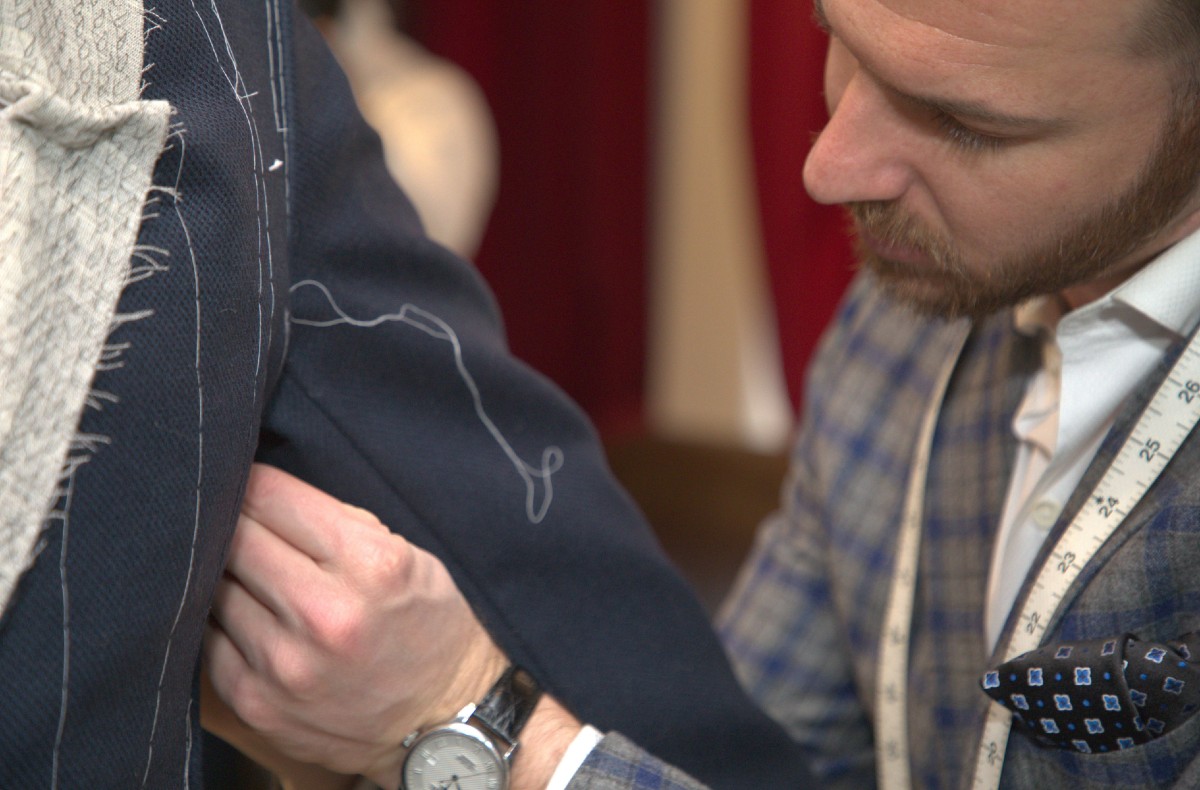
Tailoring, at this level, is more than just clothing. It’s personal architecture—built to last, evolve, and be worn for decades. With proper care, a bespoke suit becomes an heirloom, not merely surviving time but accruing meaning with each wear. Over the years, it conforms to its owner in subtle ways, becoming more comfortable, more unique, and often more beautiful than the day it was made.
Innovation Meets Individuality
Modern tailoring hasn’t stood still. Designers like Giorgio Armani transformed the silhouette in the 1980s with unstructured jackets and softer fabrics, offering relaxed elegance without abandoning refinement. Today’s tailors blend heritage techniques with contemporary details—sleeker cuts, bolder linings, even fabric blends engineered for stretch and breathability—demonstrating that tradition and innovation are not mutually exclusive, but mutually enriching.
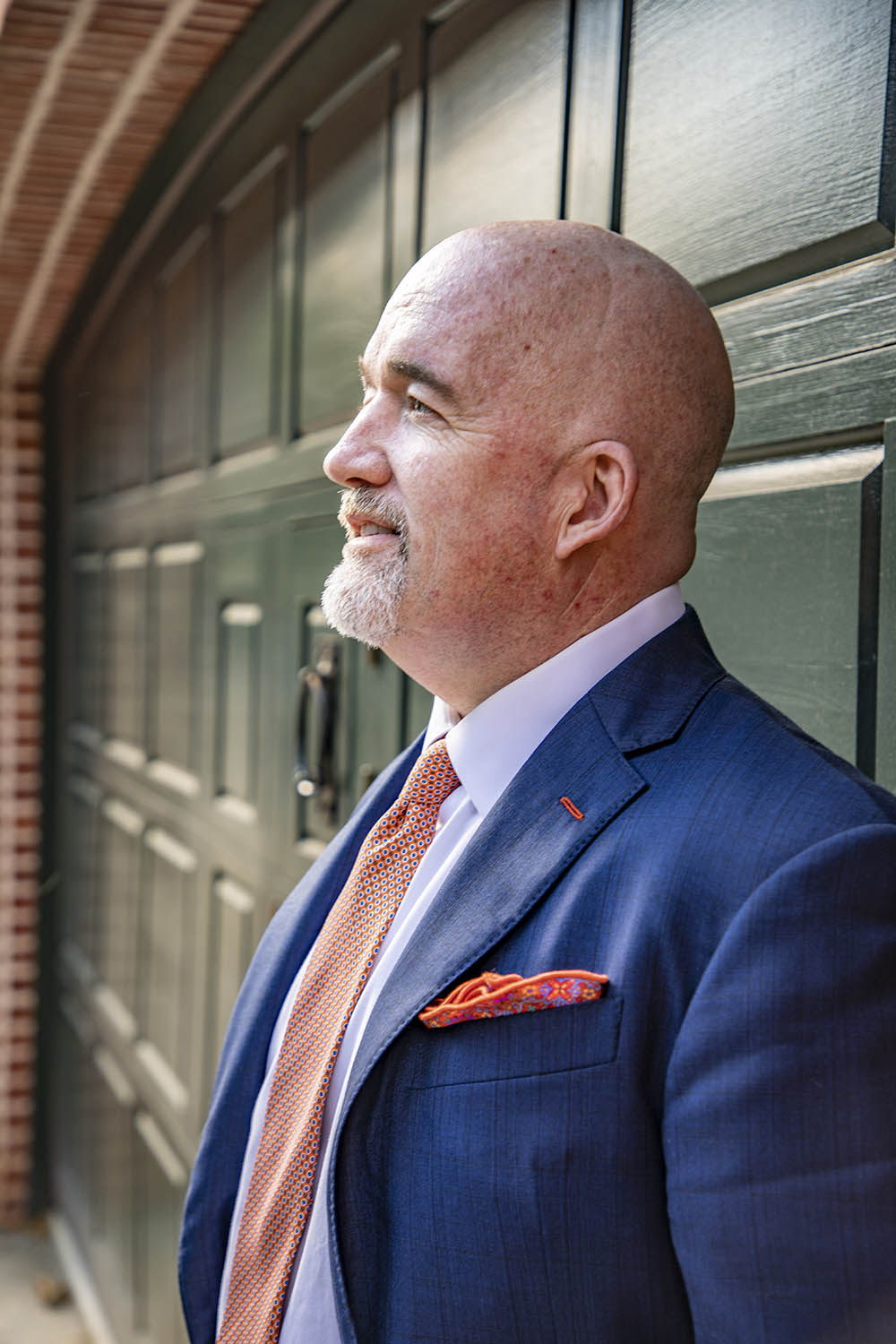
At its best, tailoring today is about individuality. Whether minimalist or expressive, the bespoke approach allows for garments that reflect the wearer’s values, lifestyle, and sensibilities. It’s not just a return to craftsmanship—it’s a return to self.
A Choice with Enduring Value
As sustainability becomes more than a buzzword, bespoke tailoring offers a compelling alternative to disposable fashion. Fewer garments, better made, with a longer lifespan and lower environmental impact. This isn’t nostalgia—it’s practicality, elevated. In a world of instant everything, the patience and purpose of bespoke clothing feel quietly radical.
Conclusion
Tailoring’s journey from the ancient looms of the Fertile Crescent to the runways of Milan and the streets of Philadelphia is a testament to its enduring relevance. It’s not merely about clothing—it’s about identity, culture, and the timeless pursuit of elegance. Are you looking to try bespoke tailoring for yourself? We can help. Give us a call at 215-310-0219 or email info@henrydavidsen.com to start a conversation.
